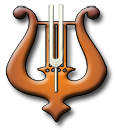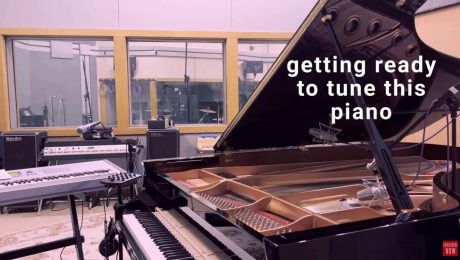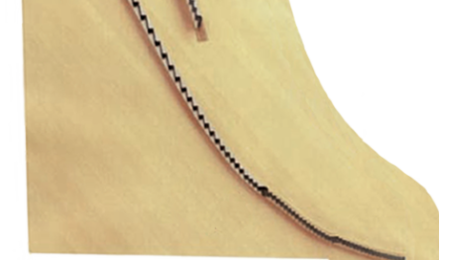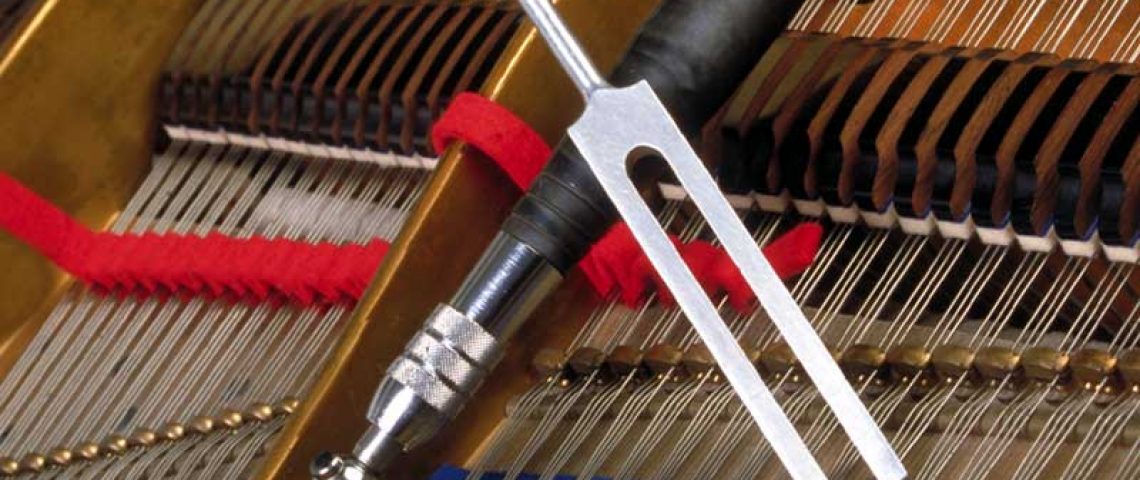McCullough Tuning Tutorial Introduction Welcome to the McCullough Piano Tuning Tutorial. This is the first tutorial on the internet to include a full audio demonstration of tuning, as well as the temperament I created, and techniques and opinions about tuning not found in most books or other tutorials. Whether you are new to piano tuning
Temperament Getting started A notable note about note notation What is a temperament? Critical foundation Temperament accuracy Temperament stability A word about equal temperament A440 vs. C523 tuning forks Why I created my own equal temperament The McCullough temperament Rough temperament “with wings” Using a temperament strip Audio files of temperament Getting started Before I
Avoiding broken bass strings Close to the edge “Tubby” spinets Bass tuning audio files Avoiding broken bass strings Replacing a broken bass string is a real pain in the neck, both physically and logistically speaking. For starters, the core wire is much stiffer and therefore harder to make a tuning pin coil with. Bass strings
Position of the tuning hammer Some piano tuners are rabidly insistent on the correct position of the tuning hammer – I’ll just tell what works and is comfortable for me. For an upright piano, I tune with the hammer anywhere between the 12 and 2 o’clock position. For grand pianos, I generally have the hammer
Books I recommend: The Piano Book by Larry Fine This is the reference for helping piano buyers make informed choices. There is a wealth of information on piano construction that is easy to understand, as well as how to work with piano salespeople and tuner-technicians. During my training, I learned more about pianos from reading
Music industry job opportunity to start your own business and become a piano tuner I’m standing in a multi million dollar studio right now getting ready to tune one the most amazing pianos is for a recording session today Not only is that just amazingly cool. I’m also getting paid $100 and hour to do
It will be useful for you to understand one of the causes of the false beats phenomenon. We already know that a beat is heard when two strings are tuned with a slight difference in their frequencies. For example, a string tuned to 440Hz, set in vibration with another string tuned to 442Hz, will produce





